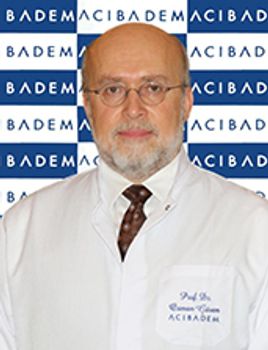Knee Fracture: Its Types and Treatments

After shoulder joint, knee joint, comprising of the patella, tibia and femur, is the most important and most used joint in the human body. A fracture in the knee joint can either be an isolated fracture, one that involves a single bone, or multiple fractures, which involves other knee-joint parts like patella, tibia and femur.
Typically, in terms of nature, knee fracture can be of two types;
- Intraarticular fracture (a fracture that surfaces within the knee joint capsule)
- Extra-articular fracture (a fracture that surfaces outside the knee joint).
Knee fracture can be of following mentioned types;
1. Hairline fracture:
Hairline fracture occurs on the bone's surface. Unlike other types, this type of fracture does not penetrate through the entire thickness of the bone. Also, a hairline fracture cannot spread through the whole patellar circumference, femur or tibia, instead, it covers the knee bone partially. Such fractures are treated with the help of conservative treatment.
2. Non-displaced fracture:
In this type, the fracture caused can reach the rear end of the bone. Following an injury, the fragment that has undergone a fracture does not shift from its normal anatomical position. Conservative treatment methods such as the application of braces or cast and closed reduction are used to treat a non-displaced fracture of the knee joint.
3. Partial displaced fracture:
Partial displaced fracture has a tendency to pass through the entire thickness of the bone. Similar to a stable partial displaced fracture, the fractured fragment of the knee bone in case of a partial displaced fracture displaces partially from parent bone. This type of fracture is treated with closed reduction. Surgical treatment is suggested when methods such as external fixator and close reduction fail to exhibit desirable results.
4. Complete Displaced Fracture:
In case of a complete displaced fracture of the knee joint, the cracks enter through the total thickness of the bone. Close reduction technique, if used to treat a complete displaced fracture of the knee joint, cannot produce the desired outcomes. Hence, this type of fracture is treated with the help of surgical treatments and medications.
5. Compound (Open) Knee Joint Fracture:
In this type of fracture, the fractured fragment is completely displaced from its original position. Actually, the fracture fragment or the parent bone protrudes through the skin and subcutaneous tissue and remains exposed. This type of fracture is often accompanied with nerve damages and ruptured blood vessels that may result in severe bleeding. Compound knee joint fracture is treated via medications and surgery.
Knee fracture treatment:
Conservative knee fracture treatment include, rest, exercise (Swimming, Yoga Therapy, Stretching Exercises), cold therapy(involves direct application of ice covered with plastic or cloth kept over the knee joint for around 30 minutes, two to three times a day), and heat therapy (wherein moist heat is applied on the knee joint). Apart from this, assistive devices including, Cane, Walker, Crutches or, Wheelchair used for support.
Also, cast and braces are used to hold the end of bone together in approximate anatomical position. Skeletal traction is also employed to treat fractures by offering a continuous pull of the lower leg with weights. physical therapy is also advised to heal the fractured joint.
In addition, medications such as Motrin, Naproxen, Daypro and Celebrex are given to the patient with a knee fracture.
When the methods mentioned above fail to work, surgical intervention techniques are used, called Knee arthroscopic surgery. With the help of arthroscopic surgery, non-displaced and hairline fracture can be treated. Also, it is used to repair a non-displaced fracture, which is not responding to conservative treatment. Along with that, arthroscopic surgery is also performed to repair parts such as rotator, tendon and ligamental tear associated with fracture.





